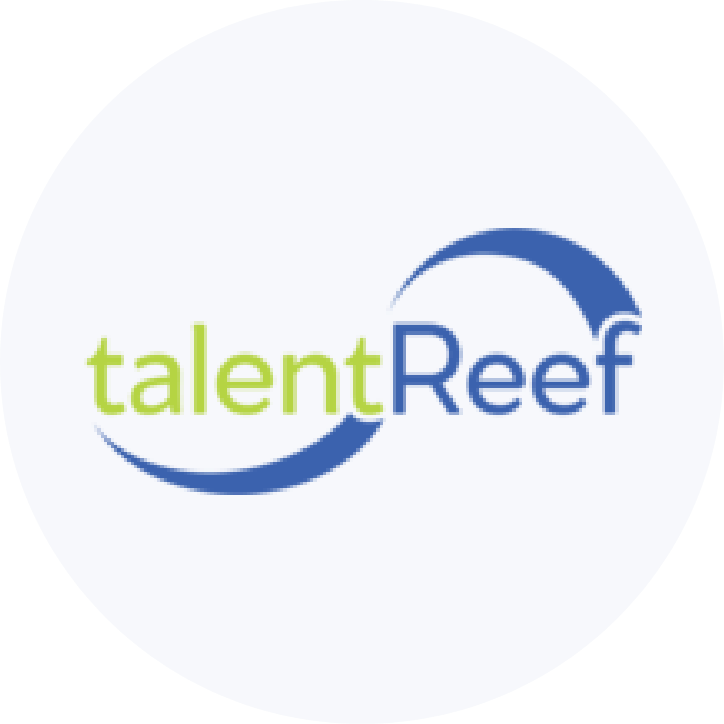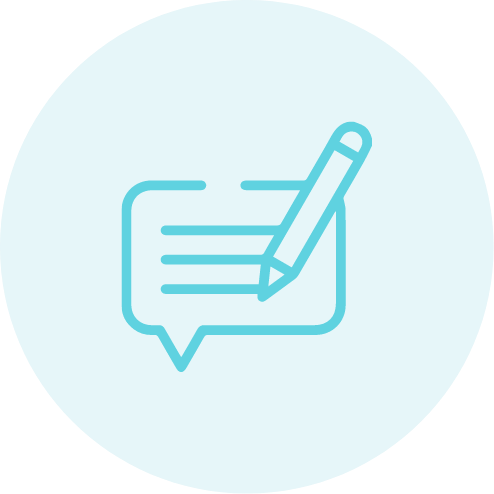In an increasingly global business environment, Diversity and Inclusion (D&I) are critical success factors in terms of recruitment, employee engagement, reducing employee turnover, and work productivity. Building a diverse and inclusive workforce means basing the recruitment and hiring process on the best fit. The best fit includes talent and skills regardless of the candidate’s background, gender, age ethnicity, sexual orientation. It means administering candidate assessments that are unbiased and account for differences in socioeconomic backgrounds.
Aside from the manpower benefits, a diverse workforce enables organizations to reach new and diverse markets. Jeff Humphreys, Director of the Selig Center and author of the Selig Center’s annual Multicultural Economy reports that “in 2012, the $1.2 trillion Hispanic market is larger than the entire economies of all but 13 countries in the world. One Deloitte survey shows that those companies fostering a diverse and inclusive workplaces generate 30% more revenue per employee. The same companies are also 2X more likely to exceed financial targets. In short, diversity is good for business.
5 Ways Technology Promotes Diversity
While most organizations recognize the importance of recruiting a diverse workforce, many experience challenges in establishing a recruitment strategy and program that will attract candidates from diverse groups. The rise of technology in the recruitment and hiring process helps to alleviate some of these challenges.
1.) Software Choice
One strategy is to utilize software that will create diverse-friendly language in job postings. The words and language used in these postings often send a message to candidates in the talent pool that is different from what the company intended. For example, overly aggressive and “masculine” language (e.g. “hunter mentality” or “sales warrior”) tends to deter female applicants. Better to use software that can analyze word choice and exclusionary language and suggest alternative, more neutral verbiage, that will appeal to a larger number of candidates in order to get diverse talent.
2.) Applicant Tracking Systems (ATS)
An applicant tracking system makes it possible to collect data regarding the background of candidates and, if necessary, alter sourcing strategy to foster a more diverse pool and ensure compliance with the Equal Opportunity Commission (EEOC).
3.) Artificial Intelligence to Reduce Bias
Artificial Intelligence (AI) is highly beneficial for reducing bias in the recruitment and hiring process. Bias comes into play when a candidate’s background or experiences have an impact on the actions and decisions of the recruiter without their realizing it. For example, a female engineering candidate may receive greater attention from a female hiring manager than a male candidate. Artificial Intelligence-powered recruitment platforms perform an objective analysis of candidate skills, competencies, and knowledge while subtracting out such demographic factors as age, race, ethnicity, or gender.
4.) Social Media Marketing
A survey by Glassdoor found that 67% of candidates consider the diversity of a company an important factor in whether they will accept a job offer. In effect, diversity attracts diversity! In recognition of this, it’s important that all videos, podcasts and other marketing material posted to social media or the company website reflect a diverse and inclusive workforce and positive company culture to the job seekers.
5.) Conduct Diversity Training
Utilize e-learning platforms to implement diversity training to employees across your organization. This fosters an organization-wide value on diversity. Valuing diversity translates into employees becoming the most cost-effective recruitment partners. The use of web-based training is highly cost-effective. It is cost-effective because one presentation can be viewed by employees across the country. For the recruitment staff and talent acquisition leaders, such training can include discussion regarding unconscious bias and how to use a more data-centered approach (such as AI) to foster diversity. Learning Management Systems (LMS) also allow human resource staff to measure the success and outcomes of the training, such as the number of employees who have completed the module(s).
With the global nature of business, it’s imperative that the recruitment and hiring process incorporate a Diversity & Inclusion strategy. Implementing a technology-assisted methodology will foster a more diverse candidate pool. This means your firm competes successfully in terms of talent attraction and customer market share. Learn more about the impact of AI on recruitment in this blog post.
About Sprockets
Sprockets helps companies hire more top-performing people. The predictive Applicant Matching System decreases the number of screening interviews you conduct. It also reduces turnover through increased employee engagement. Start predicting employee success with a free account today! No credit card required.






























